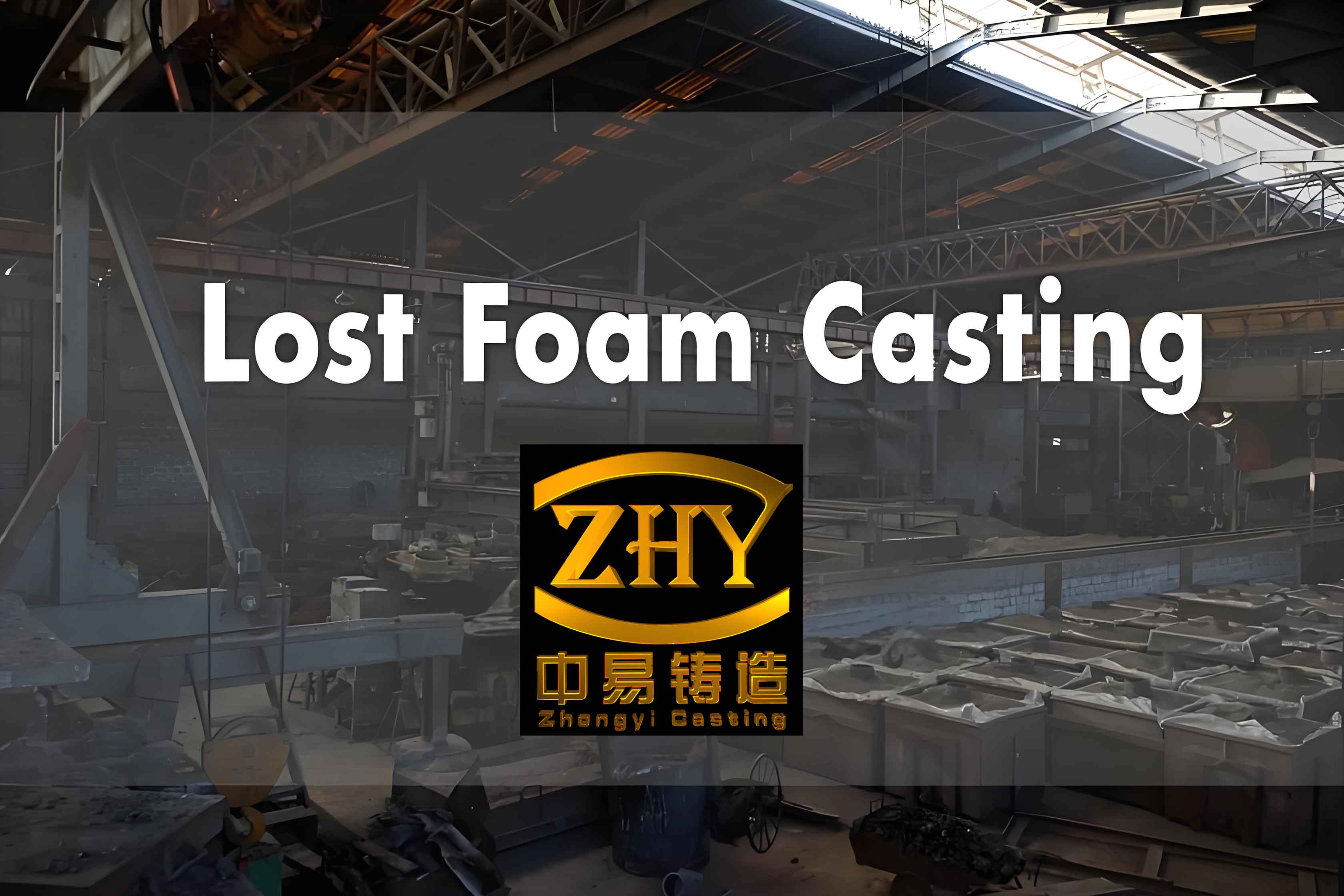Abstract:
This paper analyzes the advantages and disadvantages of five casting processes for producing output shaft shells and concludes that the lost foam casting process is relatively suitable. The shell castings produced by the lost foam casting process exhibit a dense structure, are free from defects such as contraction cavities and shrinkage porosity, and have a smooth appearance. They have been used in actual production.

Keywords: Lost foam casting; Ductile iron casting; Shell casting
1. Introduction
The output shaft shell casting is a crucial component in wind turbines, large agricultural equipment, heavy-duty vehicles, and elevator transmissions. It supports and accommodates various transmission parts such as gears, shafts, and bearings. The material and internal quality of the output shaft shell are vital to its performance. This paper focuses on the development and application of the lost foam casting process for producing ductile iron shell castings.
2. Comparison of Casting Processes
The following table summarizes the advantages and disadvantages of five casting processes for producing output shaft shells:
| Casting Process | Advantages | Disadvantages |
|---|---|---|
| Clay sand manual molding | Simple production facilities, low investment | Large area occupation, high labor intensity, low production efficiency, poor environmental conditions |
| Self-hardening resin sand manual molding | Good surface quality, stable dimensions, low equipment investment | Low production efficiency, high labor intensity, large area occupation, occasional shrinkage defects |
| Hydrostatic molding | Improved shrinkage defects in thick flanges, good product quality | Low process yield, high cost, impact on sand quality, solid waste emissions |
| Horizontal mold with vertical pouring | Effectively solves shrinkage defects in thick flanges | High cost, low production efficiency, large area occupation, poor operating environment |
| Lost foam casting | Good casting quality, low cost, improved working environment, energy-saving and environmentally friendly | – |
3. Lost Foam Casting Process Design
3.1 EPS Foam White Model
The EPS (expanded polystyrene) foam white model is used due to its good moldability and surface quality. The EPS foam white model for the output shaft shell.
3.2 White Model Modification and Pouring System Design
The EPS foam white model is modified to fix surface defects, and a pouring system is designed with two in-gates for top-pouring. Slag traps are arranged at the highest points on both sides of the in-gates. The EPS white model with the pouring system.
3.3 Coating and Drying
The white model is coated with a water-based composite quartz silica sand powder coating and dried. The coating process directly affects the surface quality of the lost foam casting.
3.4 Sand Filling, Molding, and Vacuum Pouring
The coated and dried white model is buried in ceramic sand and vibrated to compact it under negative pressure. The sand-filled mold is then poured with ductile iron molten metal under a vacuum of 0.045~0.06 MPa.
3.5 Cleaning and Inspection
After cooling, the casting is removed from the sand, and the pouring system and slag traps are removed. The casting is then cleaned and inspected for quality.
4. Results and Discussion
4.1 Casting Quality
The shell castings produced by the lost foam casting process exhibit a dense structure and are free from defects such as contraction cavities and shrinkage porosity. The surface quality of the castings meets the quality requirements.
4.2 Production Efficiency and Cost
The lost foam casting process eliminates the need for sand cores and chillers, reducing production costs and post-processing workload. Additionally, the production efficiency is improved.
5. Conclusion
The lost foam casting process is feasible and suitable for producing ductile iron shell castings for output shaft shells. It effectively solves the problem of shrinkage defects, improves the surface quality of the castings, and reduces production costs and post-processing workload.
